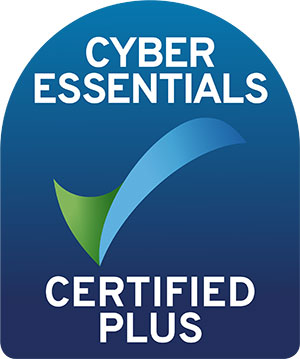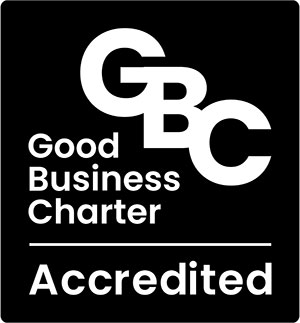What does the end of the furlough scheme really look like in your organisation?
The government furlough scheme comes to an end on the 30th of September 2021, and we have been assured that there are to be no further extensions to the programme. At the height of the pandemic over 5 million people in the UK were placed on furlough, which enabled many businesses to keep their employees on payroll and protect them from potential redundancies. As the scheme enters its final week we ask – what does this really look like for your organisation and your people?
Your organisation
According to the ONS there are currently 1.9 million employees in the UK who are still furloughed on a part or full-time basis which, although significant, may mean that many of your people have already returned in some capacity, and the impact of the end of scheme may well not be the watershed moment that was originally anticipated. The economy is showing signs of recovery and business travel is once again starting to resume but we are also seeing reports of high numbers of job vacancies and shortage of candidates in the UK job market. There were 930,000 unfilled vacancies in August 2021, the highest number since records began with a 21.4% increase when compared to pre-pandemic levels. (Source: ONS)
This leaves several very pertinent, long-term organizational issues to consider when ensuring the sustainability of your business moving forward including:
- Is your current organisational design fit for purpose?
- Has your business recovered sufficiently to take everybody back on the same terms?
- Will restructure be part of your return-to-work plan?
- What are your redeployment opportunities?
- How are you going to attract/retain your talent?
These are all challenging questions with complex answers. In the short term, you may be having to focus on the logistics and processes around the end of furlough, the hybrid workplace, and the return-to-workplace blend but it is vital that you also make room to consider the long-term strategies for your organisation.
Your people
During our recent survey on the impact of remote working on organisations and leaders (see link below), one of the main positives to come out of the last 18 months has been a return to people centric values and a renewed focus on people strategy. 90% of people we surveyed said that they were giving their team more flexibility to manage their work and 88% were setting regular time aside each week to connect with their direct reports. Those employees returning from furlough might not have undertaken any type of formal work since March 2020 and will perhaps have had limited contact with their manager(s) and work colleagues – it is a significant amount of time to be out of the loop. Of course, there will be many different responses to having a long period of time away from the workplace: some will have enjoyed the enforced break, some will have hated every minute, some will be longing to get back to employment and some will have taken the time to reflect, have decided upon a career change, to take early retirement or to branch out on their own.
As restrictions continue to relax and we enter the next stage of the post -pandemic return to work there is still a considerable amount of work to be done and lot of questions to ask both ourselves and our employees including:
- Do all your people want to return to work? And on the same terms?
- Is the business in a position to offer them an alternative? And are your leaders fully equipped to manage the questions, issues, and needs of their team?
- What support do they need after a long absence from the workplace?
- Do you have a clear set of expectations that are understood and can be applied by all employees?
- Do you have a re-boarding plan?
- How can your people reconnect with each other and the business? Have you created both formal and informal reconnection opportunities?
It may well be that you are able to return to what existed pre-pandemic but most organisations we work with are taking this opportunity to stop, reflect and reset. The links below provide some useful insights and practical suggestions to stimulate your thinking and you can of course reach out to us at enquiries@h2h.uk.com to discuss any leadership, organizational design, people strategy and outplacement needs.

